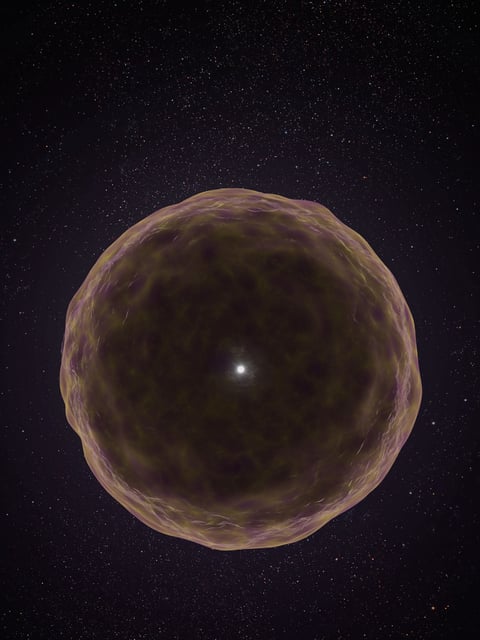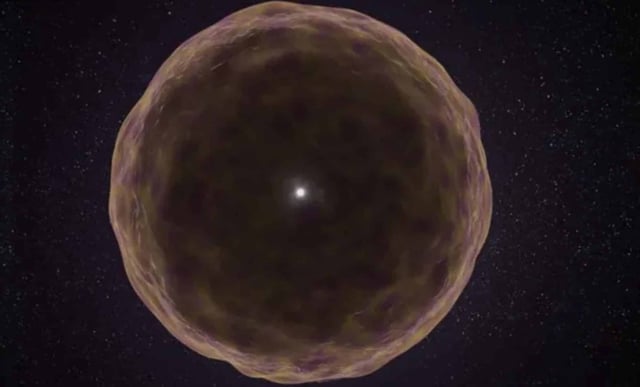Overview
- The event, named SN2021yfj, is presented as a proposed new class of supernova labeled Type Ien, with authors emphasizing the designation is provisional.
- Spectra show the absence of hydrogen, helium, and carbon, instead illuminating silicon-, sulfur-, and argon-rich material rarely seen so directly.
- Discovery and follow-up drew on the Zwicky Transient Facility and Keck Observatory, supported by a crucial late-arriving spectrum from a UC Berkeley colleague.
- Researchers outline tentative formation scenarios including pair-instability pulses, extreme pre-explosion mass loss, strong winds, or stripping by a companion star.
- The explosion occurred roughly 2.2 billion light-years away, and the team is seeking additional examples through time-domain surveys and rapid spectroscopy.



